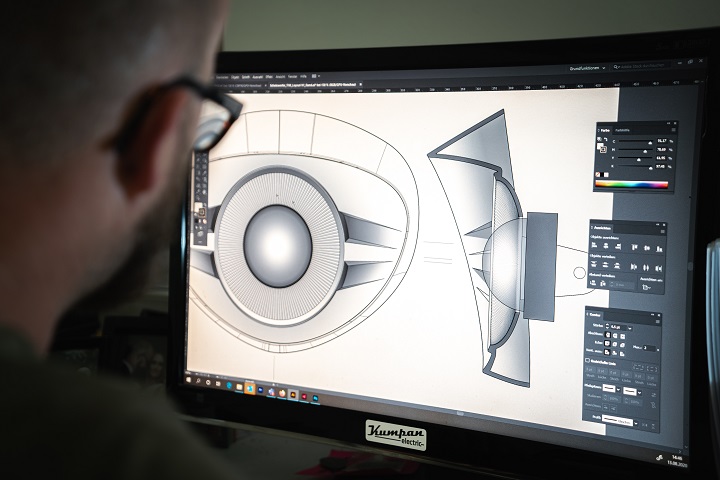TwinzTech
The History of CAD (Computer-aided design)
While computer-aided design seems to be a recent development, most CAD software engineers, game developers, and architects use it today is more than ten years old.

A drone was used to model an industrial site using nearly 2,000 photos taken in one day. This is the level of development we’ve managed to achieve. Such incredible feats make us look back and be amazed at the turbulent history of CAD that has enabled us to reach this moment.
1. The History of CAD Explained
While computer-aided design seems to be a recent development, most CAD software engineers, game developers, and architects use it today is more than ten years old. CAD itself began more than 50 years ago.
The beginnings of modern engineering design stem from developments in descriptive geometry that began in the 16th and 17th centuries. Engineering drawing methods improved with the introduction of drafting machines. Still, the basic principles and foundations behind creating engineering drawings have changed very little since World War II.
In the 1950s, the development of real-time computing progressed enormously in conjunction with the numerical controls of machine tools and the automation of engineering design. But this work was done by two people, in particular, Patrick Hanratty and Ivan Sutherland. They were heavily involved in the development of what we now call CAD or Computer-Aided Design.
2. The Fathers of CAD
Patrick J. Hanratty is popularly credited as “the Father of CAD.” In 1957, he developed a program for General Electric called PRONTO (Program for Numerical Tooling Operations) and the first numerical control programming language.

As for Yvan Sutherland, in 1963, he presented his doctoral thesis entitled “Sketchpad,” in which he developed the precursor of computer-aided design programs. This first program had the characteristic of using an optical pencil to manipulate objects displayed on a cathode-ray screen. This is the beginning of the graphical user interface and 3D modelling as we know it today — this is to give you an idea of how effective this program was.
The 1960s and 1970s brought further developments, and several companies were created to market the first CAD programs: Evans & Sutherland, Applicon, Computervision, and M&S Computing, etc.
With the emergence of UNIX workstations at the beginning of the 1980s, CAD systems saw enormous development and saw many uses: mainly in the aerospace, automotive, and industrial sectors. This was the first time CAD programs were commercially viable on a large scale, resulting in a lot of capital invested.
The introduction of the first personal computer by IBM in 1981 paved the way for the widespread use of Computer-Aided Design in more consumer-centric programs. The following year, a group of programmers created Autodesk, and in 1983 they produced AutoCAD, the first significant CAD program for the IBM PC.
3. Dozens of Specialized Software and Businesses
Currently, CAD software is no longer counted on the fingers of one hand; there are several dozen massive, expensive ones and hundreds of free software. They specialize in 3D modelling, structural analysis, energy analysis, plant design, aeronautics… Enough to satisfy most complex tasks.
This isn’t where it ends either. There have been centuries of businesses that have cropped up providing vital resources and expertise to people who demand CAD-based software and its products. For example, mimeeq.com helps you create excellent 3D models of your products for eCommerce and online shops, which will help you increase sales.
-

 Instagram4 years ago
Instagram4 years agoBuy IG likes and buy organic Instagram followers: where to buy them and how?
-

 Instagram4 years ago
Instagram4 years ago100% Genuine Instagram Followers & Likes with Guaranteed Tool
-

 Business5 years ago
Business5 years ago7 Must Have Digital Marketing Tools For Your Small Businesses
-

 Instagram4 years ago
Instagram4 years agoInstagram Followers And Likes – Online Social Media Platform















